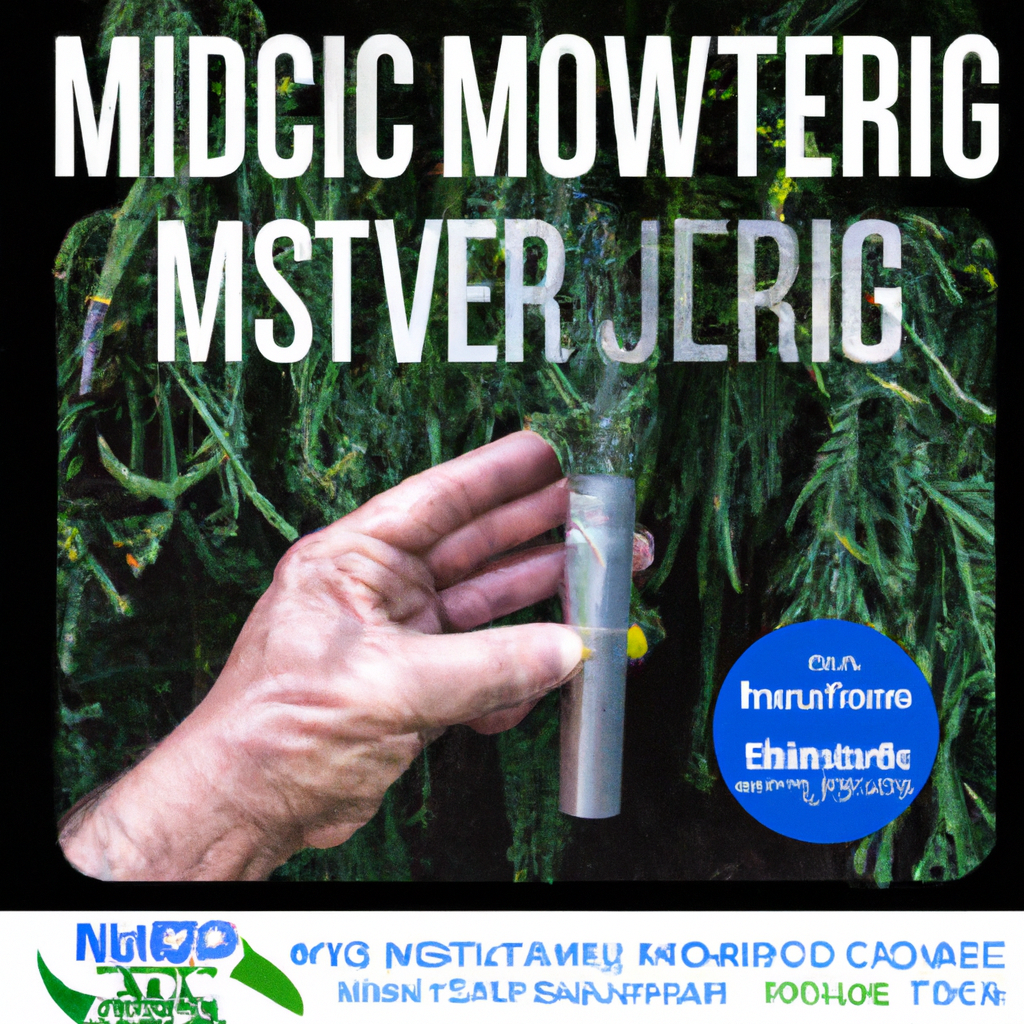Hello there, fellow cultivators! John “Magic” Greenleaf here, bringing you insights straight from the heart of the Rocky Mountains. Today, we’re diving into the unsung heroes of the cannabis world—those vital components in your grower’s toolbox that make all the difference when battling the unique challenges of high-altitude growing.
The Magic of Mycorrhizae: Nature’s Unsung Ally
In my 30 years of growing cannabis at challenging elevations, I’ve learned that one of my strongest allies doesn’t even have leaves. It’s the humble mycorrhizae. These beneficial fungi form symbiotic relationships with the cannabis root system, enhancing nutrient uptake and increasing drought resistance—essential for those dry mountain conditions.
- Enhanced Nutrient Absorption: Mycorrhizae extend the root network to access more nutrients in the soil.
- Improved Water Retention: They help the plant retain moisture, crucial in airy, dry altitudes.
- Disease Resistance: By strengthening the plant’s defence mechanisms, mycorrhizae help fend off soil-borne diseases.
The Secret Weapon: CO2 Enrichment
If you’re growing indoors, particularly above the treeline, CO2 enrichment might be your secret weapon. Introducing this element into your grow space can mimic conditions found at lower altitudes, where cannabis originally thrived in denser air.
Benefits of CO2 Enrichment:
- Boosted Photosynthesis: More CO2 means your plants can photosynthesize more efficiently, leading to speedy growth.
- Greater Yields: Increased growth typically leads to greater yields, a key factor for any serious cultivator.
Weather Monitoring: Mastering Environmental Control
Now, not everyone can control the weather, but with the right tools, you can predict and prepare for it. Investing in a sophisticated weather monitoring system can be a game-changer, allowing you to react proactively to the climate’s whims.
- Temperature Fluctuations: Keep your growing environment stable in the face of unpredictable altitude climates.
- Humidity Management: Ensure your plants receive the ideal humidity levels to flourish.
- Light Exposure: Adjust your lighting schedules to complement the natural cycles and UV exposure at high altitudes.
The Magic of Mulching: Natural Layer of Protection
To top it all off, let’s talk about mulching. This simple technique is often overlooked but acts as a blanket for your precious canopy, insulating against temperature shifts, preserving moisture, and even controlling weeds. The key to my successful outdoor grows has always been a healthy layer of mulch.
Conclusion: Building Your Altitude Arsenal
As a high-altitude grower, your toolbox must be as versatile and resilient as your crops. Mycorrhizae, CO2 enrichment, advanced weather monitoring, and a good mulching strategy are not merely add-ons—they are game-changers. Equip yourself with these tools, and you’ll unlock the full potential of your cannabis grow.
Remember, “The altitude makes us tougher—and so does our weed.” Embrace these tools, and watch your harvests thrive regardless of what the mountains throw at you. Until next time, healthy roots, healthy buds, and happy harvests!


Leave a Reply